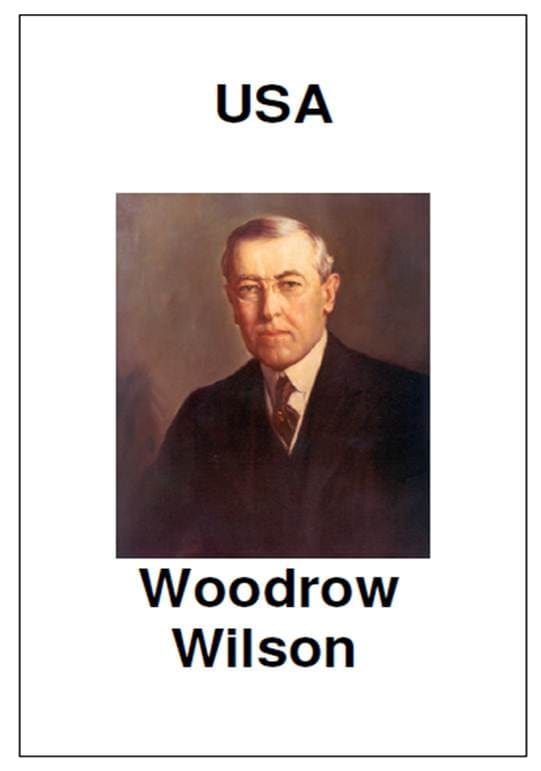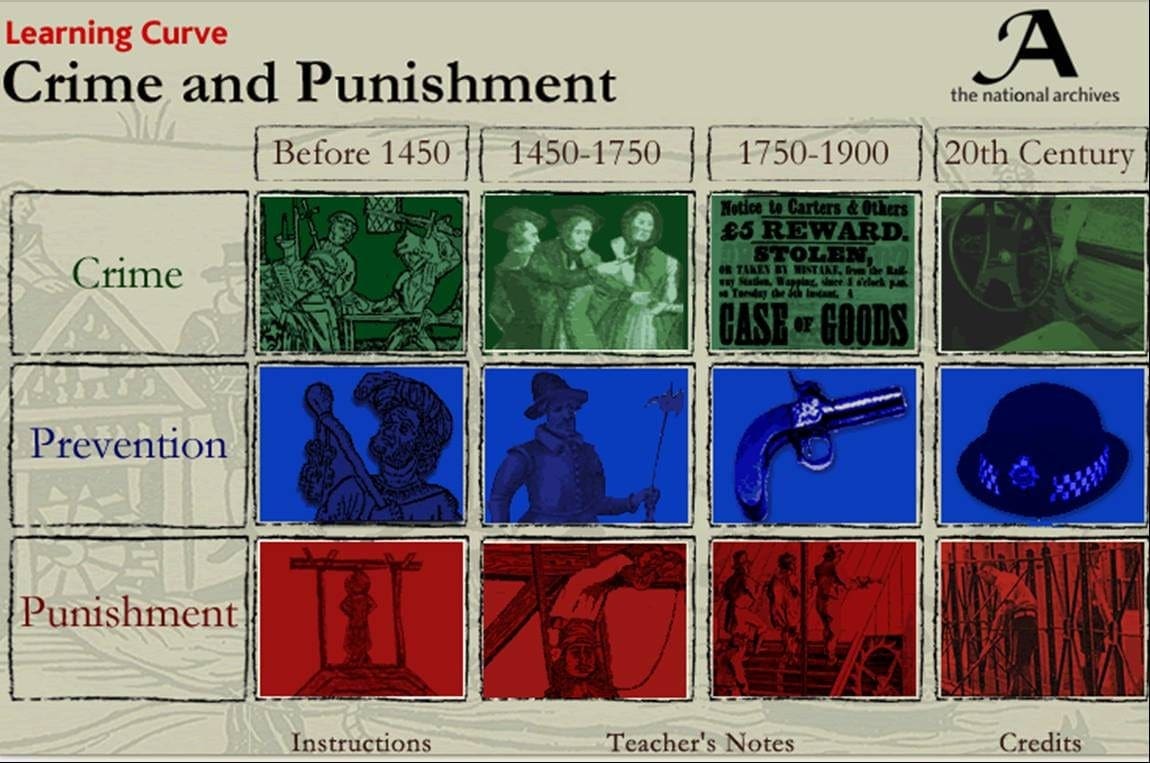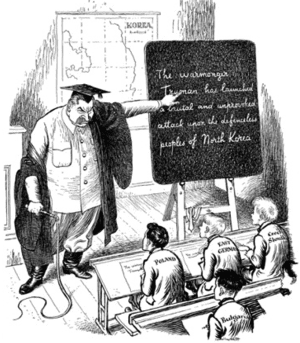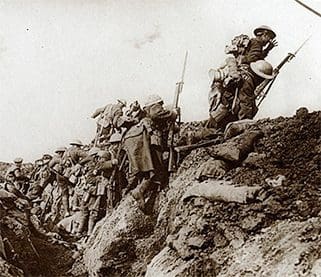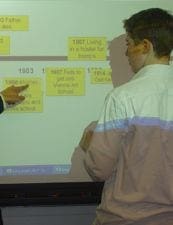
Twelve years or so ago the only meaningful data we had for GCSE was the percentage of students achieving each grade. The headline everyone was interested in was of course the A*-Cs. Then NFER started producing statistics which became known as residuals. These gave a figure for every subject in the school, showing whether the students studying history did better or worse than they did in other subjects. This was broken down into boys and girls. It served us well for a number of years. History departments who deliberately ‘recruited’ only the academically most able were now brought up short because they could well have a very high A*-C percentage but a significantly negative residual.
Since then we have had more sophisticated value-added measures such as the Autumn package, Pupils Tracker and Fischer Family Trust data. These expose departments that seem to add a lot of value at KS4 but

